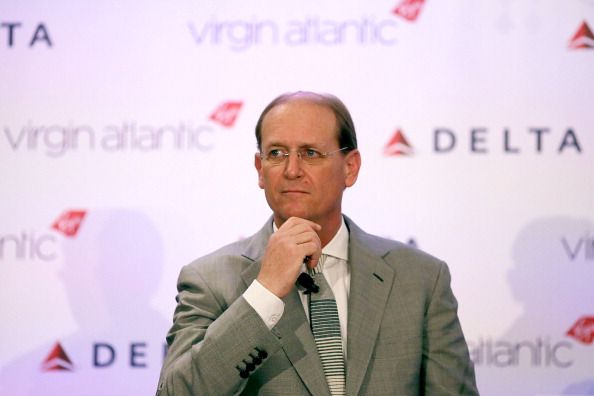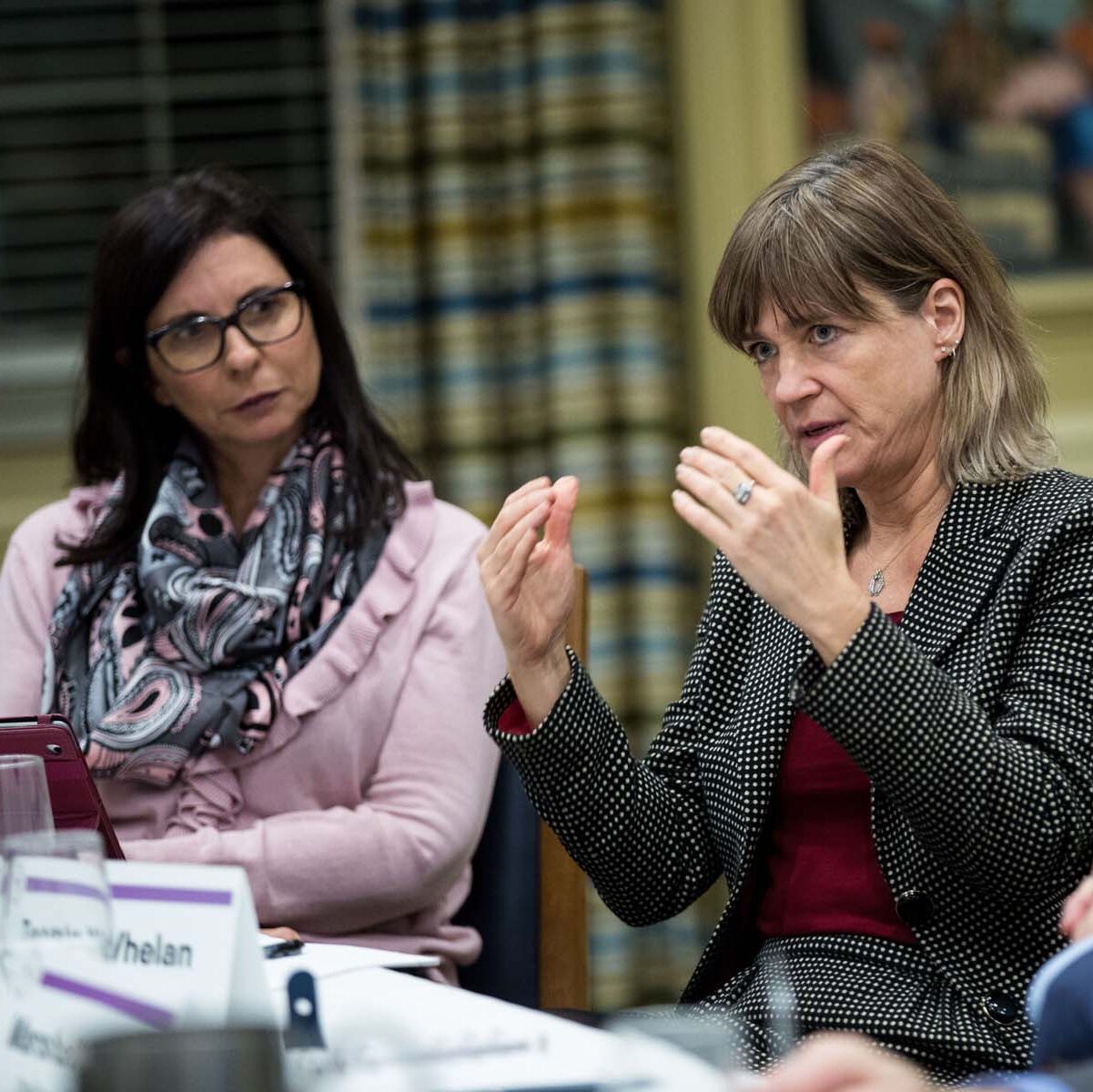
Last week, Anderson, 62, was named Amtrak’s next president and CEO, starting July 12. The current head of the railroad, Wick Moorman, will serve as co-CEO with Anderson through the end of the year, at which time Moorman will become an advisor to the company. Moorman joined Amtrak in September 2016 as a transitional CEO tasked with improving the company’s operations, streamlining the organizational structure and helping recruit his successor.
“Richard brings to Amtrak his experience running one of the largest global commercial air carriers,” Amtrak Chairman of the Board Tony Coscia said. “The board believes he is the right leader at the right time to drive the quality of customer service that our passengers, partners and stakeholders expect and deserve while continuing our path toward operational and financial excellence.”
Anderson, formerly head of Delta and earlier, Northwest, was named Aviation Week’s Person of the Year in 2015, and the year before, he was recognized as one of the World’s Best CEOs by Barron’s magazine. Anderson has become one of the most respected CEOs in the airline business, navigating once bankrupt Delta and Northwest through one of the “smoothest” airline mergers in the current era. Afterward, he helped turn Delta “into one of the most efficient, effective and profitable airlines in the world.”
Amtrak, a for-profit company that’s partly funded by the government, posted a $1.1 billion net loss in fiscal 2016, following a loss of $1.2 billion a year earlier. While President Donald Trump has proposed cutting $630 million in subsidies for Amtrak in his transportation budget, the railroad still has plans to invest about $2.5 billion in new trains and infrastructure upgrades for the next generation of Acela Express, its flagship service along the Northeast Corridor.
“Having Wick and Richard bring world-class CEO experience to Amtrak, I think, is going to help Gateway, going to make Amtrak a stronger company.”
Anderson also was likely chosen to be Amtrak’s CEO because of his existing relationships with key players on Capitol Hill, including members on the House and Senate transportation committees—which may help stave off Trump’s proposed cuts that could threaten the railroad’s initiatives.
At the top of that list is Amtrak’s Gateway project, a $24 billion plan for a New York City-area Hudson River tunnel and related improvements—considered among the biggest U.S. infrastructure projects, and one of the most crucial to improve rail traffic along the Northeast Corridor from Washington, D.C. to Boston.
“Having Wick and Richard bring world-class CEO experience to Amtrak, I think, is going to help Gateway, going to make Amtrak a stronger company,” Coscia said.
Anderson must also navigate “the summer of hell” for passengers, when Amtrak begins stepped-up maintenance at Penn Station, the busiest terminal in North America. After derailments in March and April, the railroad is working on rack and signal repairs, curtailing operations for Amtrak and its tenants, the Long Island Rail Road and New Jersey Transit commuter lines.

Chief Executive Group exists to improve the performance of U.S. CEOs, senior executives and public-company directors, helping you grow your companies, build your communities and strengthen society. Learn more at chiefexecutivegroup.com.
0

1:00 - 5:00 pm
Over 70% of Executives Surveyed Agree: Many Strategic Planning Efforts Lack Systematic Approach Tips for Enhancing Your Strategic Planning Process
Executives expressed frustration with their current strategic planning process. Issues include:
Steve Rutan and Denise Harrison have put together an afternoon workshop that will provide the tools you need to address these concerns. They have worked with hundreds of executives to develop a systematic approach that will enable your team to make better decisions during strategic planning. Steve and Denise will walk you through exercises for prioritizing your lists and steps that will reset and reinvigorate your process. This will be a hands-on workshop that will enable you to think about your business as you use the tools that are being presented. If you are ready for a Strategic Planning tune-up, select this workshop in your registration form. The additional fee of $695 will be added to your total.

2:00 - 5:00 pm
Female leaders face the same issues all leaders do, but they often face additional challenges too. In this peer session, we will facilitate a discussion of best practices and how to overcome common barriers to help women leaders be more effective within and outside their organizations.
Limited space available.

10:30 - 5:00 pm
General’s Retreat at Hermitage Golf Course
Sponsored by UBS
General’s Retreat, built in 1986 with architect Gary Roger Baird, has been voted the “Best Golf Course in Nashville” and is a “must play” when visiting the Nashville, Tennessee area. With the beautiful setting along the Cumberland River, golfers of all capabilities will thoroughly enjoy the golf, scenery and hospitality.
The golf outing fee includes transportation to and from the hotel, greens/cart fees, use of practice facilities, and boxed lunch. The bus will leave the hotel at 10:30 am for a noon shotgun start and return to the hotel after the cocktail reception following the completion of the round.